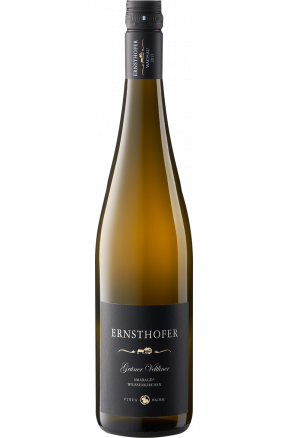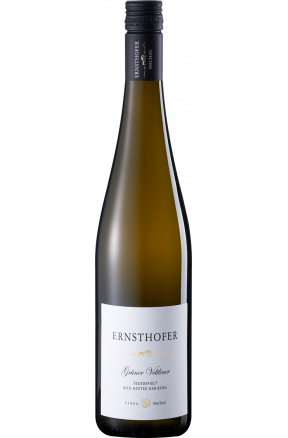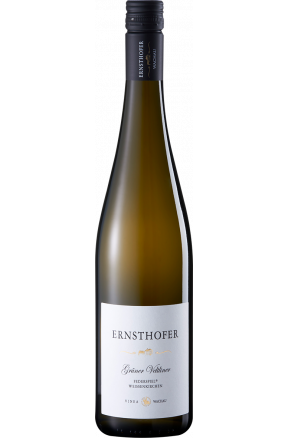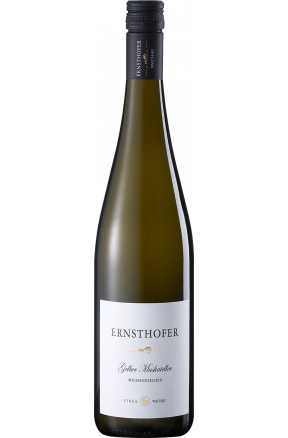Ernsthofer Gruner Veltliner...
Price
zł143.00
The wine comes from the small family-owned Ernsthofer vineyard, which is located in Austria's most famous wine-growing region, the Wachau....





